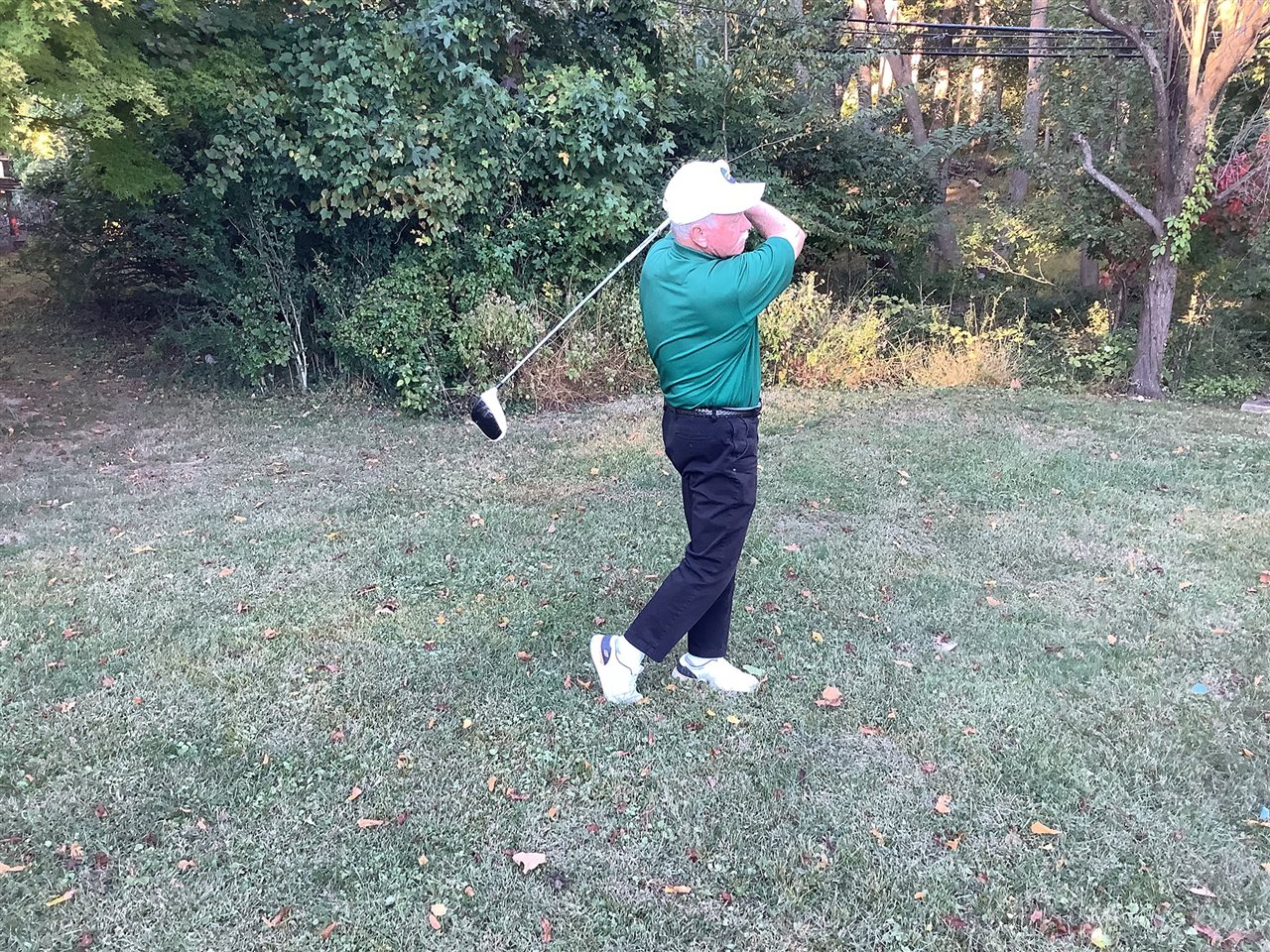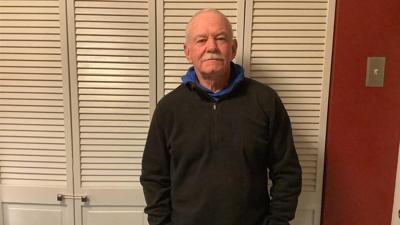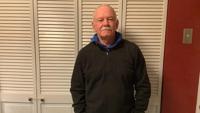(BPT) - Imagine not being able to use your hands due to debilitating wrist pain, numbness or weakness. For the more than 13 million people diagnosed with carpal tunnel syndrome, including 81-year-old Jim McCrea, this is a daily reality. Jim struggled with carpal tunnel syndrome in both hands for more than 40 years. Prior to retiring, he worked in construction, often breaking up cement manually using drills and power hammers. The relentless vibration of those tools took a toll. He also served in the Navy as an electrician, where he used his hands extensively.
His symptoms were especially prominent at night. "By the time I got into my 40s, I wasn't sleeping at night," says Jim. "The tingling and numbness would wake me up and both arms felt like they were dead." He tried everything to get back to sleep. He would shake his arms, hit them against a wall and even submerge them in ice trying to regain normal sensation.
Soon the symptoms started to impact his daily life, too. Even seemingly small things would bother his hands. He couldn't pick up a fork with his right hand, had trouble holding a pen to write and even holding a book to read.
When driving, Jim found himself needing to switch hands holding the steering wheel because of the numbness. Despite all of this, Jim remained dedicated to staying in shape and even now at the age of 81, he challenges himself to do 100 pushups daily.
Surgery Was Not an Option
When Jim was diagnosed with carpal tunnel syndrome in the 1980s, he resisted carpal tunnel release (CTR) surgery. The only option at the time was an open surgical approach, which tends to be more invasive with a longer recovery period. The prolonged recovery time was a non-starter for Jim.
"I would have to take time off work, and I would not have been able to work out or hit a golf ball for months. It wasn't the expense or the pain that stopped me, it was that I didn't want to not be able to participate in life."
So instead of surgery, Jim tried other treatments including vitamins, braces, acupuncture, chiropractic care and a lot of over-the-counter pain medications. "(I tried) anything that would work and some provided a minor degree of success, but overall, it was futile." None of them gave him any lasting relief.
He knew he would eventually need surgery, but he kept putting it off. That is, until he heard from a friend about a breakthrough carpal tunnel release procedure that uses ultrasound guidance. He was astonished to hear that his friend was able to play golf within a week of his procedure.

Breakthrough Treatment: Carpal Tunnel Release with Ultrasound Guidance
The innovative approach uses Sonex Health's UltraGuideCTR™ device and real-time ultrasound guidance — a less-invasive approach that enables a recovery in a matter of days as compared to the weeks and months following traditional open surgical and endoscopic carpal tunnel release procedures. Ultrasound-guided carpal tunnel release can be performed in a clinic setting using only a local anesthetic, typically doesn't require stitches, and because of its very small incision, the area heals quickly.
After hearing about his friend's success, Jim was eager to try it and reached out to his friend's orthopedist, Dr. Christopher Gayton. Concerned about being able to continue working out, Jim felt reassured when Dr. Gayton told him that within a few days to a week after the procedure, he should be able to continue his routine.
"I started with wall pushups for a few days and just four days after the procedure, I did 100 real pushups. I thought I'd have to deal with carpal tunnel syndrome for the rest of my life, but this technique using ultrasound guidance has been a miracle."
Jim also resumed golfing within a week, just like his friend did.
Best Night's Sleep in 40 Years
Following a carpal tunnel release with ultrasound guidance on both wrists, Jim says he experienced immediate relief from the tingling and numbness. What's more, he's delighted that his downtime was minimal.
"I was able to sleep right from the very first night [since the procedure] with no problems. It was the best night's sleep I've had in almost 40 years."
Expanded Patient Access and Coverage
For Medicare beneficiaries like Jim, it is important that people suffering from carpal tunnel syndrome have access to this innovative procedure in all settings of care, including clinic and ambulatory surgery center settings, which is especially important in rural and underserved communities where access to hospitals is often limited. Efforts are underway with both Medicare and commercial insurers to establish appropriate physician and facility reimbursement for these procedures.
If carpal tunnel syndrome is impacting your or your loved one's life, visit www.curemycarpaltunnel.com for more information on symptoms, treatment options including Sonex Health's UltraGuideCTR, patient experiences and a physician locator to find a physician in your area.



